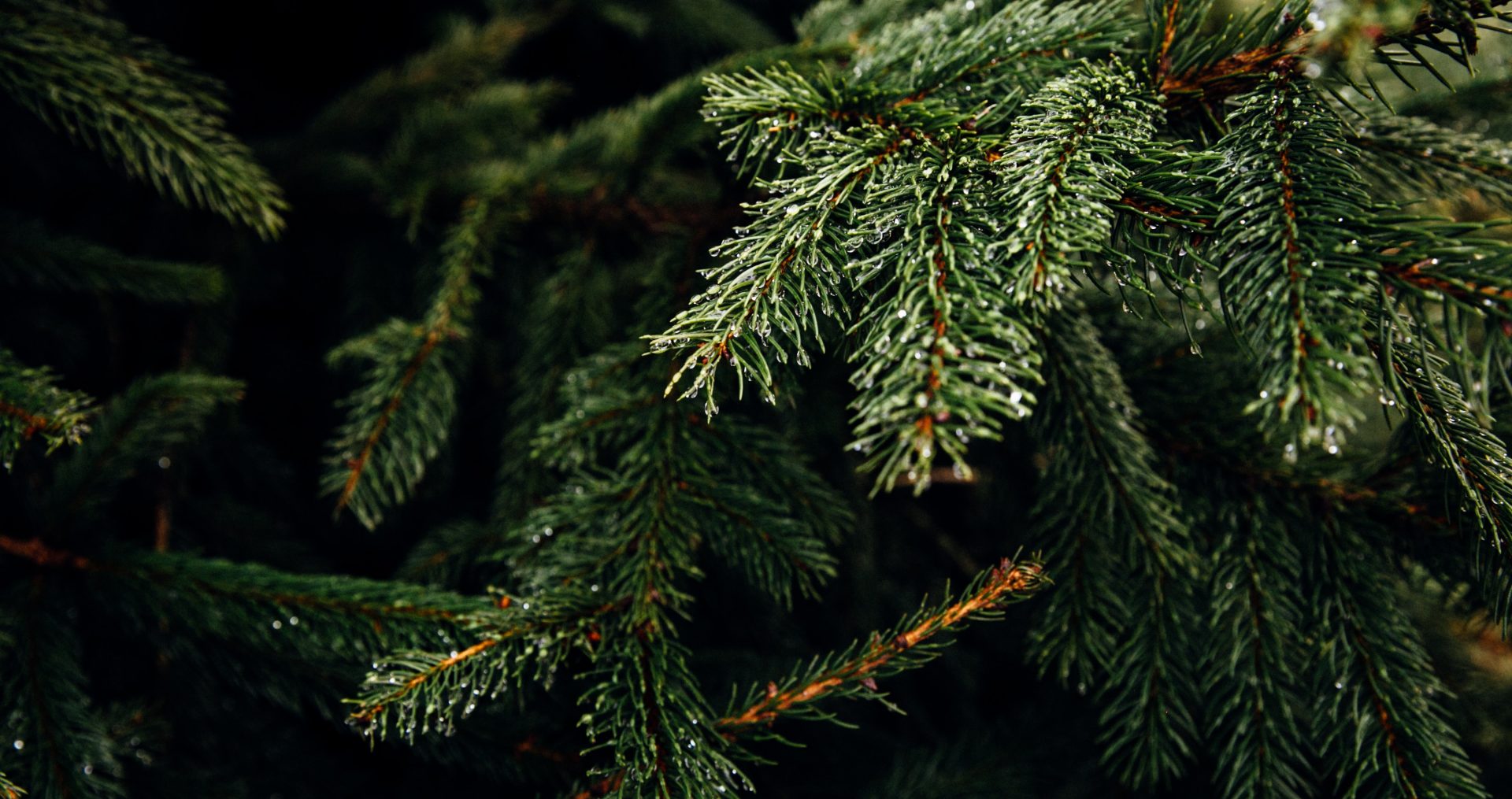Debate: is a real Christmas tree more environmentally friendly than a fake one?
Experts agree that the benefits of real trees make them a better choice.
Facts on Fake Trees
- The first fake Christmas tree was made by a company that made toilet bowl cleaning brushes in the 1930’s.
- Fake trees are made with PVC, which is a petroleum based product that is non-biodegradable plastic. Some older fake trees even have lead in them, which can end up in your home as the tree disintegrates over time.
- Harmful toxins are emitted in the making of these trees, which affects the workers and their communities.
- 85% of fake trees are imported from China, so the transportation footprint is higher for a fake tree too.
- Although they can be used year after year, fake trees cannot be recycled and will sit in a landfill for thousands of years.
Facts on Real Trees
- Trees are not taken from forests, but rather from tree farms that are sustainably planted.
- Typically, 90% of the trees on the farm remain each year.
- While they grow for approximately 8-10 years, Christmas trees clean our air and water, provide habitat for wildlife and can even increase wildlife species diversity in adjoining woodlands.
- Most Christmas trees are “recycled” by being chipped into mulch, which is used in landscaping and eventually breaks down into soil.
- One downside is that many farmers use pesticide on their trees, which pollute our water and air.
A Third Option
A third option is to buy a potted tree (with roots intact) that can be planted after Christmas. Note that the tree cannot be inside for more than 7-10 days or it will come out of it dormant state and will be more likely to die.


